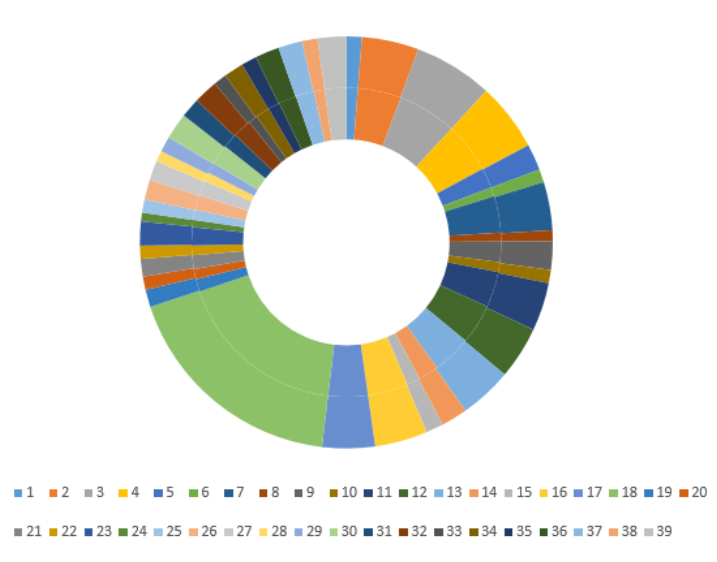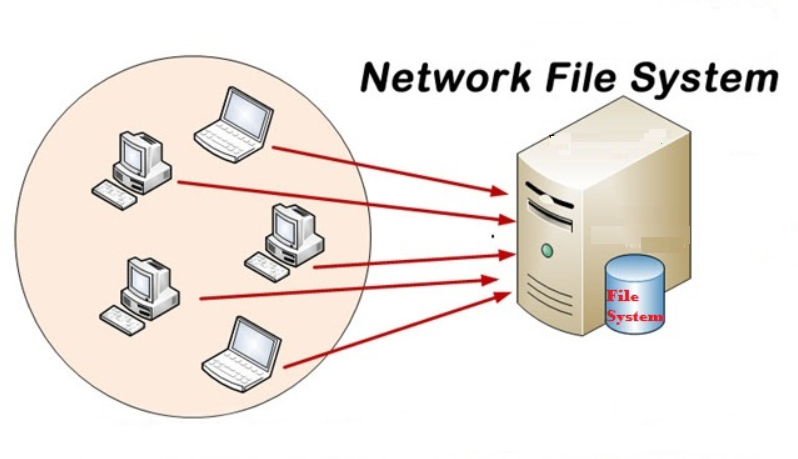
In addition to the many CAS actions supplied by SAS, as of SAS® Viya™ 3.4, you can create your own actions using CASL. Learn how in this post.

In addition to the many CAS actions supplied by SAS, as of SAS® Viya™ 3.4, you can create your own actions using CASL. Learn how in this post.

In SAS Viya 3.4, promotion support has been added for many additional SAS 9.4 resources, making it easier to make the leap to Viya. In this blog, SAS' Gerry Nelson reviews this new functionality.

Data in the cloud makes it easily accessible, and can help businesses run more smoothly. SAS Viya runs its calculations on Cloud Analytics Service (CAS). David Shannon of Amadeus Software spoke at SAS Global Forum 2018 on his paper, Come On, Baby, Light my SAS Viya: Programming for CAS.

See how to sample unstructured (text) data using SAS Viya and CAS actions. This post includes complete code to cluster the text documents via k-means, and treats the cluster memberships as strata for analysis.

To reference CAS tables using a one-level name we will issue two statements that alter which libref houses the tables referenced as one-level names.
Cloud Analytic Services (CAS) is really exciting. It’s open, multi-threaded and distributed. And, best of all for SAS programmers, it’s SAS. You can even run DATA Step in CAS. Here's more on how DATA Step work in a multi-threaded, distributed context.

DESCENDING BY Variables in DATA Step Code that Runs Distributed in SAS Viya

The release of SAS Viya 3.3 has brought some nice data quality features. In addition to the visual applications like Data Studio or Data Explorer that are part of the Data Preparation offering, one can leverage data quality capabilities from a programming perspective. Here is an overview of SAS Data Quality 3.3 programming capabilities.

You can now enable Kerberos delegation across the SAS Platform, using a single strong authentication mechanism across that single platform. As always with configuring Kerberos authentication the prerequisites, in terms of Service Principal Names, service accounts, delegation settings, and keytabs are important for success.

Learn about the new feature of SAS Viya 3.3 that enables Kerberos delegation throughout the environment. It allows you to have end-user sessions in SAS Cloud Analytics Services that are able to use Kerberos to connect to Secured Hadoop.

With SAS Viya 3.3, a new data transfer mechanism Multi Node Data Transfer has been introduced to transfer data between the data source and the SAS’ Cloud Analytics Services. Learn more about this feature.

The R SWAT package (SAS Wrapper for Analytics Transfer) enables you to upload big data into an in-memory distributed environment to manage data and create predictive models using familiar R syntax. In the SAS Viya Integration with Open Source Languages: R course, you learn the syntax and methodology required to

In this article, I will set out clear principles for how SAS Viya 3.3 will interoperate with Kerberos. My aim is to present some overview concepts for how we can use Kerberos authentication with SAS Viya 3.3. We will look at both SAS Viya 3.3 clients and SAS 9.4M5 clients.

Authorization determines what a user can see and do in an application. An authorization system is used to define access control policies, and those policies are later enforced so that access requests are granted or denied. To secure resources in SAS Viya there are three authorization systems of which you need to be aware. The General

The CAS procedure (PROC CAS) enables us to interact with SAS Cloud Analytic Services (CAS) from the SAS client based on the CASL (the scripting language of CAS) specification. CASL supports a variety of data types including INT, DOUBLE, STRING, TABLE, LIST, BLOB, and others. The result of a CAS

SAS Viya provides a robust, scalable, cloud-ready, distributed runtime engine. This engine is driven by CAS (Cloud Analytic Services), providing fast processing for many data management techniques that run distributive, i.e. using all threads on all defined compute nodes. Note: SAS Viya 3.5+ now supports the data set option APPEND=YES.

Many SAS users have inquired about SAS Cloud Analytic Services’ (CAS) Distributed Network File System (DNFS) of late, so let’s look at it further in this blog post. (Learn more about CAS.) The “NFS” in “DNFS” Let’s start at the beginning. The “NFS” in DNFS stands for “Network File System”

As a SAS Viya user, you may be wondering whether it is possible to execute data append and data update concurrently to a global Cloud Analytic Services (CAS) table from two or more CAS sessions. (Learn more about CAS.) How would this impact the report view while data append or

When loading data into CAS using PROC CASUTIL, you have two choices on how the table can be loaded: session-scope or global-scope. This is controlled by the PROMOTE option in the PROC CASUTIL statement. Session-scope loaded proc casutil; load casdata="model_table.sas7bdat" incaslib="ryloll" outcaslib="otcaslib" casout="model_table”; run; Global-scope loaded proc casutil; load casdata="model_table.sas7bdat"

SAS Viya deployments use credentials for accessing databases and other third-party products that require authentication. In this blog post, I will look at how this sharing of credentials is implemented in SAS Environment Manager. In SAS Viya, domains are used to store the: Credentials required to access external data sources. Identities

In this blog post I am going to cover the example of importing data into SAS Viya using Cloud Analytic Services (CAS) actions via REST API. For example, you may want to import data into a CASLib via REST API. This means you can perform an import of data outside

One of the big benefits of SAS Viya is how approachable it is for programmers of other languages. You don't have to learn SAS in order to become productive quickly. We've seen a lot of interest from people who code in Python, maybe because that language has become known for

As SAS Viya has been gaining awareness over the past year among SAS users, there has been a lot of discussion about how SAS’ Cloud Analytic Server (CAS) handles memory vs SAS’ previous technologies such as LASR and HPA. Recently, while I was involved in delivering several SAS Viya enablement